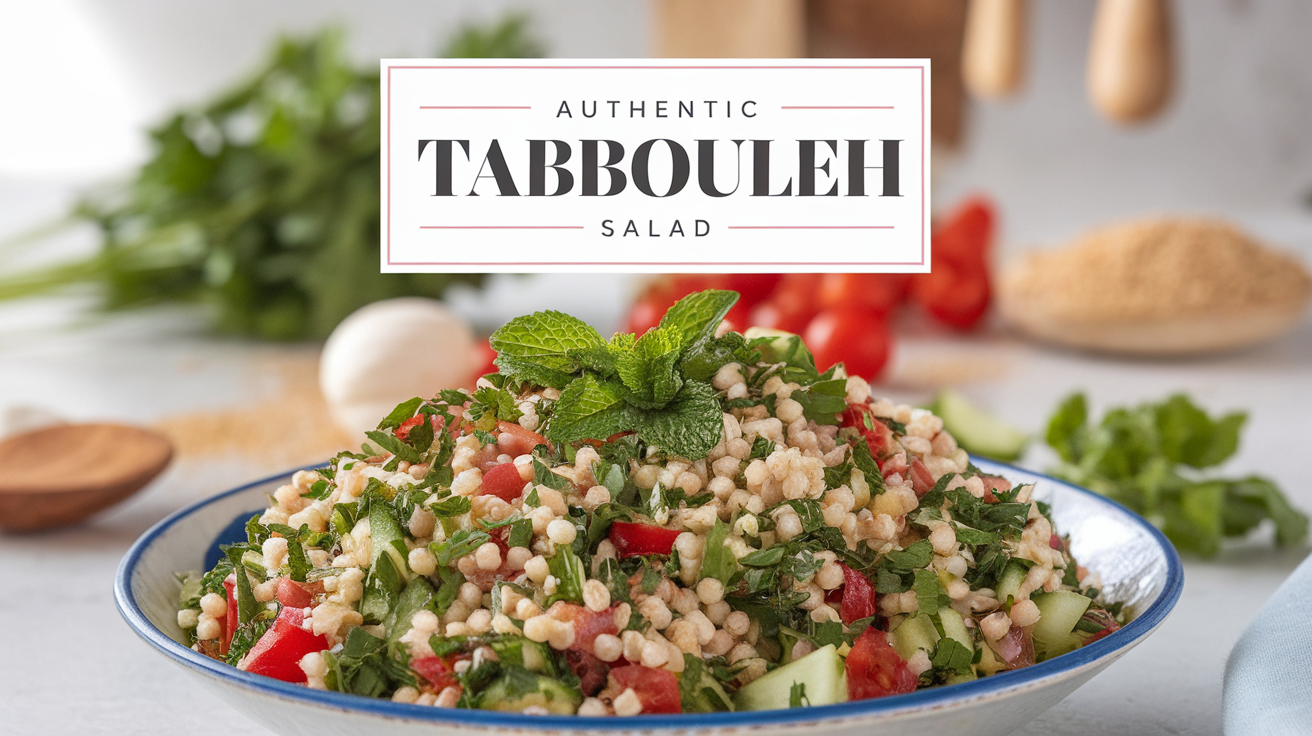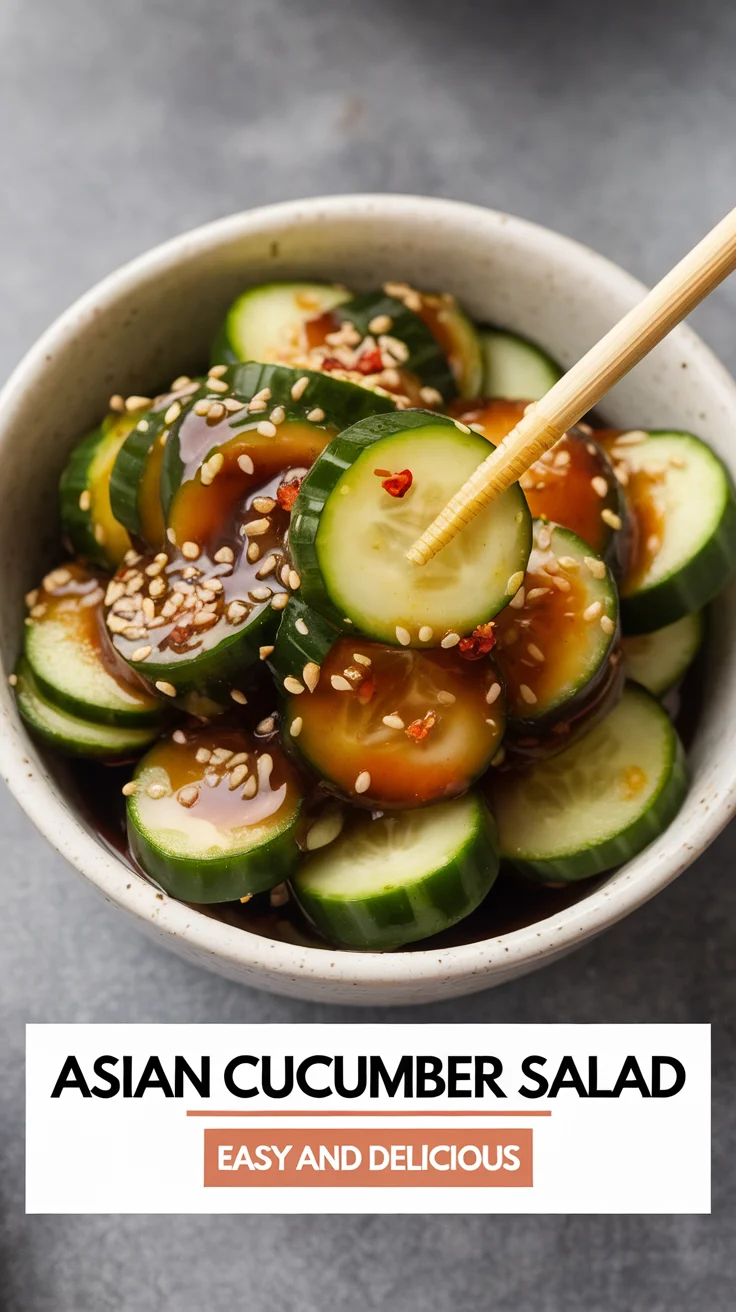Tabbouleh (also spelled tabouli, tabule, tabuleh, or tabulli) is one of the most iconic dishes from the Levantine cuisine. This refreshing, zesty, and herb-packed salad has taken the world by storm with its vibrant colors and bold flavors. Traditionally made with bulgur wheat, tomatoes, cucumber, fresh parsley, mint, and a lemony olive oil dressing, this salad is more than just a side—it’s a celebration of health and heritage.
In this comprehensive guide, we’ll walk you through an Authentic Tabbouleh Salad recipe, how to tweak it using couscous, explore variations in bulgur wheat salad recipes, and give you tips on serving, storing, and elevating your tabbouleh game. We’ll also dive into its historical origins, regional variations, and health benefits, making this your go-to guide for everything tabbouleh. Let’s get chopping!
🌿 What Is Tabbouleh Salad?
Tabbouleh salad (ou Tabouli salad traditional) is a cold salad that originated in the mountains of Lebanon and Syria. Traditionally, it uses bulgur wheat (not couscous!) as its base, combined with finely chopped parsley, mint, tomatoes, onions, lemon juice, and olive oil. It’s a staple of Middle Eastern mezze spreads and often served inside lettuce leaves or alongside pita.
The word “tabbouleh” comes from the Arabic word taabil, meaning “seasoning.” The dish itself is a flavorful expression of the Levantine love for fresh, raw ingredients, and balanced acidity.
Unlike many Western salads that often use lettuce as the base, tabbouleh puts parsley in the spotlight, making it a nutrient-dense, antioxidant-packed powerhouse. Its fresh, lemony flavor and herbaceous profile make it perfect for hot weather and light meals.
🧾 Ingredients for Authentic Tabbouleh Salad
✅ Traditional Ingredients:
- Fine Bulgur Wheat – ½ cup (soaked, not boiled)
- Flat-Leaf Parsley – 2 large bunches, finely chopped
- Fresh Mint Leaves – ½ cup, chopped
- Tomatoes – 2 medium, finely diced
- Concombre – 1 small, peeled and finely diced (optional but recommended)
- Green Onion – 2 stalks, finely chopped (or red onion for a sharper taste)
- Fresh Lemon Juice – ¼ cup
- Extra Virgin Olive Oil – ¼ cup
- Sel – 1 tsp (or to taste)
- Black Pepper – ½ tsp
🛒 Ingredient Sourcing Tips:
- Choose organic parsley if possible; it’s the star.
- Lebanese cucumbers are smaller and crisper than English cucumbers—great for authenticity.
- Use extra virgin olive oil for the best flavor and nutrition.
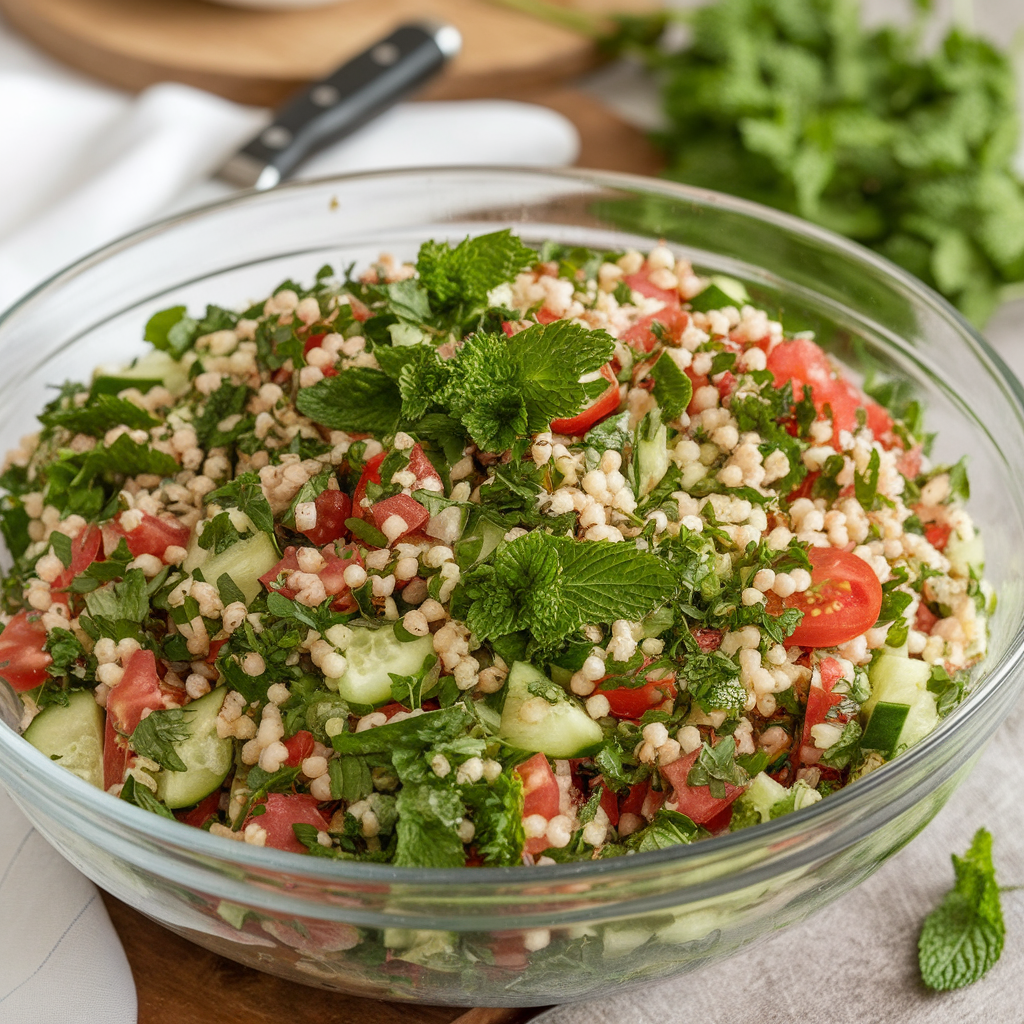
🔪 Instructions: How to Make Traditional Tabouli Salad
Step 1: Soak the Bulgur Wheat
Place the fine bulgur wheat in a bowl and cover it with boiling water just to submerge. Let it soak for 15 minutes. Drain any excess water by pressing through a fine sieve. Bulgur should be fluffy, not mushy.
Step 2: Chop the Herbs
Finely chop the parsley and mint. The finer the better—this isn’t a chunky salad. Use a sharp knife to avoid bruising the herbs.
Step 3: Prep the Vegetables
Dice the tomatoes et concombre into small cubes. Remove excess seeds if they’re watery to avoid a soggy salad. Chop the onions finely.
Step 4: Mix It All
In a large bowl, combine the drained bulgur, herbs, chopped vegetables, lemon juice, olive oil, salt, and pepper. Mix gently.
Step 5: Rest & Serve
Let it sit for at least 30 minutes in the fridge to allow the flavors to blend. Serve cold, preferably in lettuce cups or with warm pita bread.
🍋 Pro Tips for Perfect Tabouleh Salad
- Use fine bulgur (No.1 grind) for authentic texture. Coarser grains are better for pilafs.
- Squeeze your tomatoes and cucumbers before adding them to reduce wateriness.
- More parsley than bulgur – this is not a grain salad; parsley is the star.
- Let the salad rest for flavor infusion. It always tastes better after a short chill.
- Use a non-metallic bowl for mixing to avoid reacting with the lemon juice.
🌾 What Is Bulgur Wheat?
Bulgur wheat is a quick-cooking whole grain made from parboiled, cracked wheat. It’s a staple in many Bulgar wheat recipes salad options due to its nutty flavor, chewy texture, and versatility.
It comes in different grinds:
- Fine – used for salads like tabbouleh
- Medium to coarse – ideal for pilafs and soups
It’s important not to confuse bulgur wheat avec couscous, which is a pasta-like grain made from semolina. While couscous is a fine alternative (as we’ll see below), it’s not traditionally used in tabouli salad recipes.
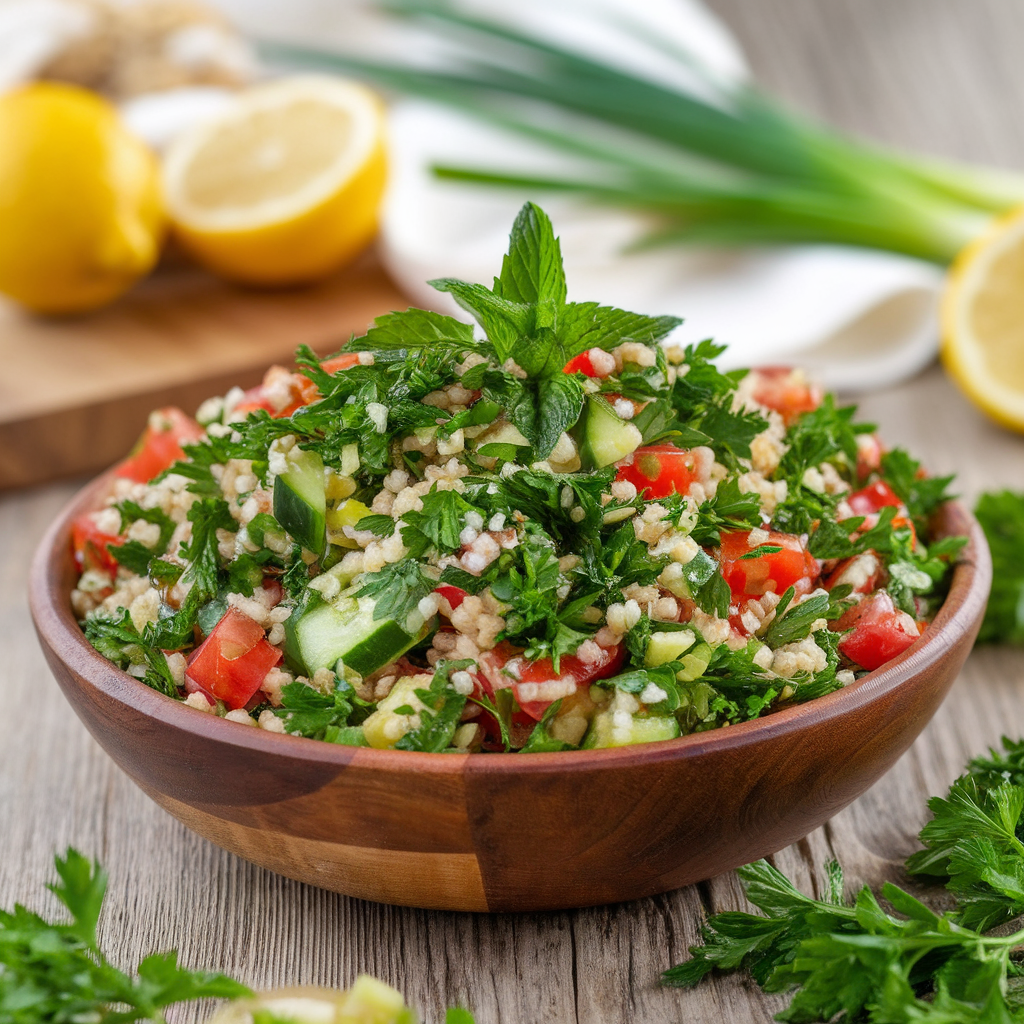
🔁 Tabouleh Salad Recipe With Couscous (Modern Twist)
If you don’t have bulgur or prefer a quicker option, couscous works well as a modern variation. Here’s a quick recipe:
✅ Ingredients:
- Couscous – ½ cup
- Boiling Water – ½ cup
- Same vegetables & herbs as above
- Lemon juice, olive oil, salt, and pepper – same quantities
🥣 Instructions:
- Pour boiling water over couscous, cover, and let sit for 10 minutes. Fluff with a fork.
- Mix with chopped herbs, tomatoes, cucumbers, lemon juice, and olive oil.
- Chill and serve.
While not a tabouli salad traditional version, this tabouleh salad recipe with couscous is ideal for quick prep and is gluten-free-friendly when using corn or rice-based couscous.
🥗 Bulgur Wheat Salad Variations: Beyond Tabbouleh
Tabbouleh is just one delicious member of the bulger wheat salads family. Here are a few other ideas to explore:
🧆 Mediterranean Bulgur Chickpea Salad
- Add cooked chickpeas, feta cheese, olives, and roasted red peppers.
- Use parsley as a garnish rather than the base.
🌶️ Spicy Turkish Kısır
- Includes tomato paste, Aleppo pepper, and pomegranate molasses.
- Uses medium bulgur and served as a main dish.
🥒 Bulgur & Avocado Salad
- Add ripe avocado cubes, corn, and lime juice for a Latin twist.
These recipes make bulgar wheat recipes salad more diverse, giving health-conscious foodies more options.
🥣 Storage and Meal Prep Tips
- Fridge life: Keeps well for 2–3 days in an airtight container.
- Meal prep tip: Store the herbs and veggies separately from the bulgur and dressing. Mix them the day of serving for freshness.
- Freezing? Not recommended. Parsley and tomatoes get soggy.
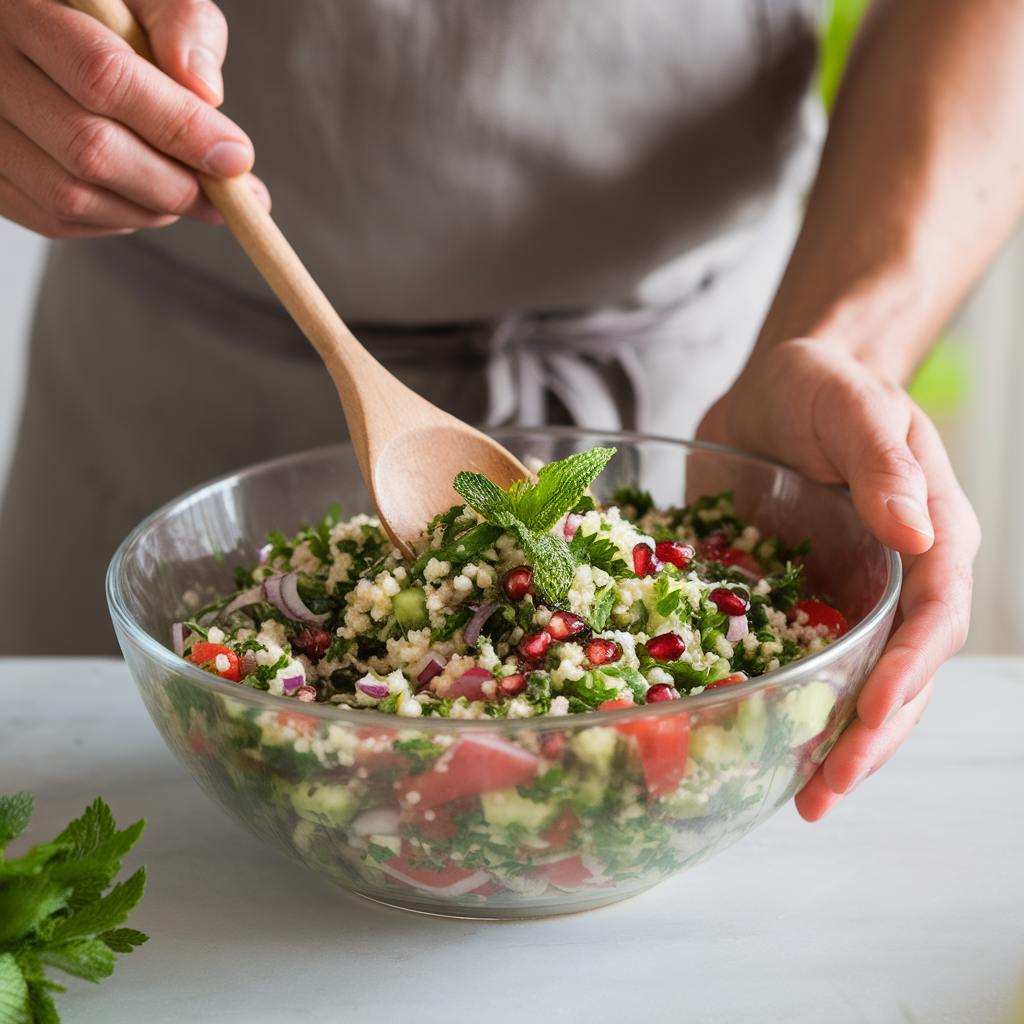
🧠 Nutritional Benefits of Tabouli Salad
Tabbouleh isn’t just tasty—it’s ridiculously good for you!
💪 Packed with:
- Antioxidants from parsley and mint
- La fibre from bulgur wheat
- Healthy fats from olive oil
- Vitamin C & K from herbs and lemon juice
🧪 Additional Perks:
- Anti-inflammatory properties from olive oil and parsley
- Supports digestion thanks to fiber-rich ingredients
- Low in calories, high in flavor – perfect for weight management and detox meals
🌍 Global Popularity & Cultural Significance
Tabbouleh has transcended borders and is now a favorite in vegetarian and health-focused menus worldwide. You’ll find versions of tabuleh salad, tabuli salad recipeet tabulleh salad recipe from Mexico to Australia, all with local twists.
In the Middle East, especially in Lebanon, tabbouleh is often eaten as part of a mezze platter, accompanied by hummus, baba ghanoush, and stuffed grape leaves. It’s a social food, meant to be shared.
However, ask any Lebanese grandmother, and she’ll remind you: it’s not tabbouleh if it’s not parsley-heavy! 🌿
🧑🍳 Serving Suggestions
- Serve in romaine or butter lettuce cups
- Pair with poulet grillé, falafelou kofta
- Add to wraps with hummus ou baba ganoush
- Scoop with pita chips as a mezze snack
You can also use it as a bed for grilled seafood or lamb skewers. The acidic punch makes it a great contrast to smoky, fatty meats.
🏁 Final Thoughts
Whether you’re going traditional with bulgur wheat or putting a modern spin with couscous, tabbouleh is the MVP of healthy salads. With just a few humble ingredients, you can create a dish that is refreshing, satisfying, and deeply rooted in Middle Eastern culinary history.
From classic tabouli salad traditional to trendy bulger wheat salads, it’s a versatile and budget-friendly salad that works for meal prep, parties, or picnics.
Don’t be afraid to experiment—add pomegranate seeds, swap in quinoa for a gluten-free version, or top with grilled haloumi for extra flair.
